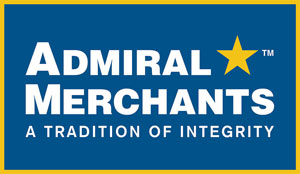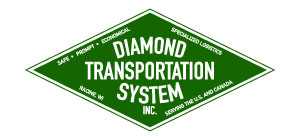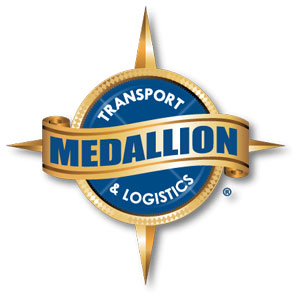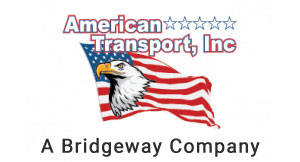Cargo Securement Tips
Know the regulations. Cargo securement standards represent the minimum safety requirements for general cargo and some specific commodities.
- The Federal Motor Carrier Safety Administration (FMCSA) outlines U.S. cargo securement rules on its website at www.fmcsa.dot.gov/regulations/cargosecurement/cargo-securement-rules.
- If you are transporting hazardous materials, they have additional load securement requirements. The Pipeline and Hazardous Materials Safety Administration (PHMSA) outlines hazardous load securement rules in 49 CFR Part 177, Subpart B. These regulations can be accessed online at www.ecfr.gov. In the Browse area, select “Title 49 – Transportation” from the drop-down menu.
Under the “Subtitle B – Other Regulations Relating to Transportation” heading, select “100-177” for the Pipeline and Hazardous Materials Safety Administration, Department of Transportation. Scroll down to the “Subchapter C – Hazardous Materials Regulations” and select “177.” Click on “Subpart B – Loading and Unloading.” - The Canadian Council of Motor Transport Administrators’ (CCMTA) National Safety Code (NSC) cargo securement standards are available online at www.ccmta.ca/en/national-safety-code/nsc-cargosecurement-standards.
- You may want to invest in CVSA’s illustrated cargo securement handbook, which includes both U.S. and Canadian regulations for reference. Visit www.cvsa.org and click on the “Store” tab to order a copy of “Practical Cargo Securement: Guidelines for Drivers, Carriers and Shippers.”
- CVSA’s full 2017 “North American Standard Out-of-Service Criteria Handbook and Pictorial” is also available (in electronic or print form) for purchase online in the “Store” section.
Properly secure your load, as well as all equipment.
Cargo must be firmly immobilized and secured on or within a vehicle. And while safe cargo securement principles and regulations apply to every item carried for delivery, they also apply to anything else on or in the truck, including dunnage, tools and equipment. Shovels, blocks, webbing, chains, spare tires, brooms, forklifts, pallet jacks, winches, ratchets, etc., all must be secured. Also, remember that an enclosed van trailer may not be sufficient securement for the load you are transporting. Many large or heavy loads may need additional securement in an enclosed van to safely secure the load. Bungee cords and tarp straps must not be used as primary securement for loads or equipment.
Inspect tie-downs for wear and damage.
Regulations require tie-downs to be attached and secured in a manner that prevents it from becoming loose, unfastening, opening or releasing while the vehicle is in transit. But over time, tie-downs can become worn, torn or damaged. Make sure you inspect tie-downs for damage. CVSA’s North American Standard Out-of-Service Criteria includes a helpful tie-down defect table for chain, wire rope, cordage, synthetic webbing, steel strapping, fittings or attachments, and anchor points. If worn or damaged, tie-downs should be removed and replaced.
Use best practices and due diligence.
There may be best practices, established by consensus by those who haul what you’re hauling, that are worth following. If your shipment is more unique, do your research. Find out what works best. But always make sure your load is properly contained, immobilized and secured so that it cannot leak, spill, blow off, fall from, fall through or otherwise be dislodged from the vehicle, or shift upon or within the vehicle to such an extent that the vehicle’s stability or maneuverability is affected. Loads that shift can not only cause crashes but can also damage your equipment. And improper cargo and equipment securement violations will affect your company’s safety rating. Each year, International Roadcheck places special emphasis on a category of violations. The special emphasis for 2017 is cargo securement. While checking for compliance with safe load regulations is always a part of roadside inspections, the Commercial Vehicle Safety Alliance (CVSA) is highlighting cargo securement this year as a reminder of its importance.
Top Load Securement Violations:
- Failure to prevent shifting/loss of load
- Failure to secure truck equipment (tarps, dunnage, doors, tailgates, spare tires, etc.)
- Damaged tie-downs (unacceptable wear on chain or cuts and tears on web straps)
- Insufficient tie-downs
- Loose tie-downs
Looking for hauling services or logistics and transportation systems in Denver, CO? Contact Osage Specialized Transport today by giving us a call or reaching out on our contact page.
















